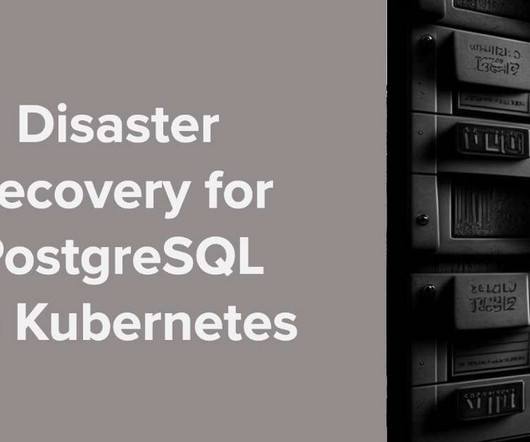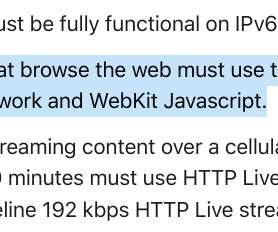Kubernetes vs Docker: What’s the difference?
Dynatrace
SEPTEMBER 29, 2021
This opens the door to auto-scalable applications, which effortlessly matches the demands of rapidly growing and varying user traffic. Just as people use Xerox as shorthand for paper copies and say “Google” instead of internet search, Docker has become synonymous with containers. Networking. What is Docker?




































Let's personalize your content